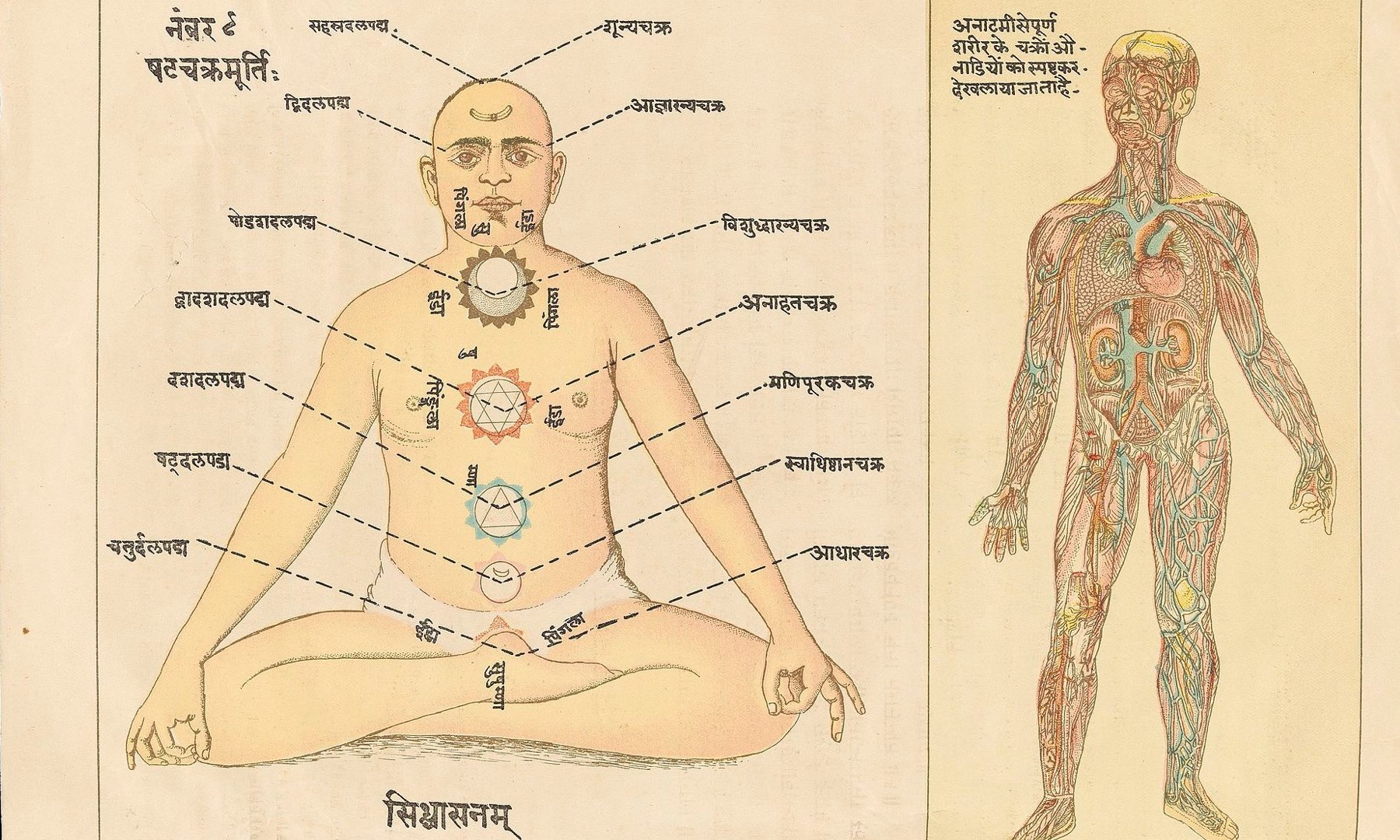In the modern world, it is common to spend most of the day sitting in a chair, while engaging in any form of exercise infrequently at best. Those that do engage in frequent exercise or follow a given regime, almost without exception are focused developing external form or physical strength, often at the expense of their well-being. Exercises that focus on external form, such as karate or motocross, have a very high risk of injury, where as those focused on physical strength such as weightlifting or various endurance sports commonly cause the so-called “over training syndrome”. There have been even premature deaths among top athletes that have been attributed to their grueling exercise regimes. It has also become increasingly expensive to take part in almost any such exercise, making even a simple gym membership a financial concern for some patients.
Exercises aimed at cultivation of internal strength and longevity, such as Qi Gong, Tai Chi, Yoga and many other eastern traditional arts have been proven effective for well-being and longevity, but have in fact in many cases help patients cure even from terminal illness, such as stage 4 cancer. In Chinese communities it is not uncommon to personally know someone who has cured themselves completely after receiving a “death sentence” from an allopathic doctor, simply by adopting a regular Qi Gong practice regime. Many such practices are easy to learn even for complete beginners or those with some limitations with movement, and effects can be often experienced after the first few sessions. After the initial introduction from a qualified teacher, such practice can be conducted for years without additional instructions.
THREE TYPES OF EXERCISE
No exercise is the most common type of exercise in the modern world. While there is no risk of injury, over-training or other exercise induced stress, sedentary lifestyle is a significant contributor to serious illness.
External exercise focused on developing external strength or form often come with risk, cost and are difficult to learn. Some have more side-effects than actual benefits for well-being.
Internal exercise are focused on developing well-being and longevity, and in cultivation of internal strength, and are therefore ideal for those wanting to recover from serious illness. There are no known side-effects from well known internal practices such as Qi Gong when learned from a qualified teacher.
Internal exercises typically incorporate some form of breathing practice, and advocate other behavior changes such as sitting with good posture, that play a vital role in healthy functioning of our organs and digestion.
OBJECTIVE #3
Develop internal strength through the right exercise.

